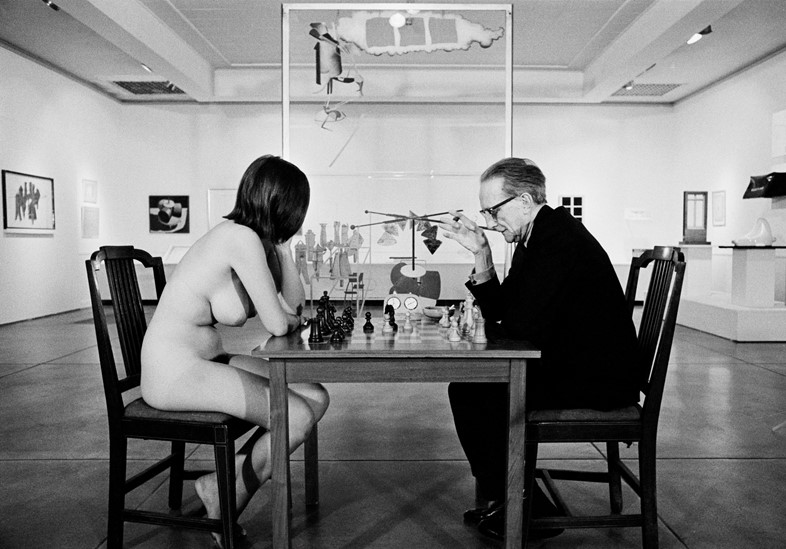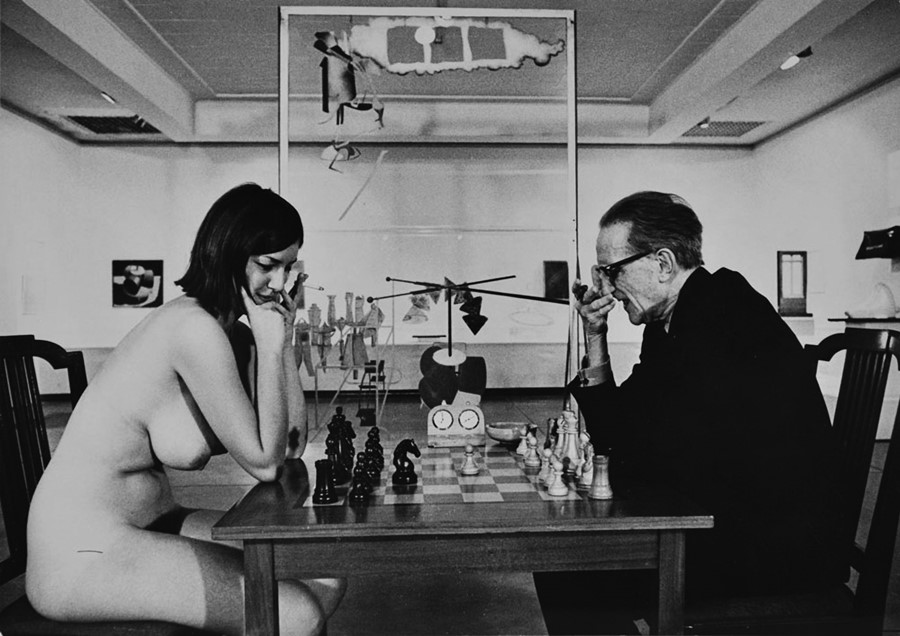As Eve Babitz’s novel Sex & Rage is re-released, we celebrate the “Henry James-loving party girl” who immortalised the cultural life of LA in the 60s and 70s
Eve Babitz was born in Hollywood in 1943 into a bohemian household – her mother was an artist, her father was a classical violinist on contract to 20th Century Fox, and her godfather was the legendary composer Igor Stravinsky. The family moved in illustrious circles and, by the time she was 14, she’d already accumulated enough material to begin a precociously titled memoir, I Wouldn’t Raise My Kids in Hollywood.
Although, sadly, these early attempts at writing didn’t see the light of day, by 1974 her first book Eve’s Hollywood was published. It established the witty and poignant semi-autobiographical style she would become known for (when your life is so rich in remarkable detail and plot, there’s less need to invent things). Her picaresque novels and fictive memoirs – which include Slow Days, Fast Company, Black Swans, Sex & Rage, and LA Woman – document the high life (and low life) of Los Angeles in the 1950s, 60s, 70s and 80s.
She took her inspiration from the procession of writers, artists, actors and other eclectic figures who floated in and through her world. Most of all though, she was inspired by Los Angeles itself. Her relationship with the city is the defining love affair of her life. She’s uniquely at home amid the grandeur of LA and the committed hedonism of those who are prepared to make their homes on a fault line, to brave the ‘lethal’ glare of the midday sun and the constant promise of earthquakes in order to live in a perpetual summer; “turning their backs,” as Holly Brubach put it in the introduction to Eve’s Hollywood, “on Europe and the past, facing the sunset and the sea”. Babitz eulogised “the palm trees high above the sea on the Palisades”, the purple bougainvillea against “pink twilight”, the ceaseless Santa Ana winds and halos of liquor store lights on Santa Monica.
Though she may have been irreverent, frivolous and licentious – idling her way through endless parties and failed love affairs with her characteristic languidness and mordant humour – Eve Babitz was certainly no straightforward party girl. Her tone may be disarmingly casual, but her prose is expertly polished and, despite the quaaludes and cocaine, her writing is precise, lucid and wise. Her stories are almost as littered with allusions to Marcel Proust, Virginia Woolf, and Henry James as they are with pharmaceuticals, champagne and soiled sheets at the Chateau Marmont.
As this year marked the 75th birthday of Eve Babitz and the corresponding re-issue of her classic novel, Sex & Rage: Advice to Young Ladies Eager for a Good Time, we explore the life of the woman who immortalised LA life.
Seminal moments
Earl McGrath, the former president of Rolling Stone Records, once remarked, “In every young man’s life there’s an Eve Babitz. It’s usually Eve Babitz.” The legion of lovers in her history have cast long shadows and it’s near-impossible to write about Babitz without invoking the names of her famous trysts (legend has it that she was Jim Morrison’s LA Woman). She’s also been linked with Steve Martin, Ed Ruscha and Harrison Ford, never shying away from speaking frankly about her sexuality. “The thing about Harrison was Harrison could fuck,” she told Vanity Fair in 2014 in a rare interview.
According to The New Yorker, Babitz once sent Joseph Heller a fan letter that unambiguously stated, “Dear Joseph Heller, I am a stacked 18-year-old blonde on Sunset Boulevard. I am also a writer. Eve Babitz.” But in that one brief epistle, she somehow foretold her own fate – to be pigeonholed in the role of a voluptuous and sexually precocious beauty – who was “also a writer”.
Under the weight of history, Babitz is often reduced to the role of a muse rather than being seen as an accomplished and important literary figure in her own right. As the American novelist, Matthew Spektor, put it in the introduction to Slow Days, Fast Company, “A party girl spattered with genius instead of (this distinction seems important) an actual genius who just happened to, y’know, like to party.”
In 1963 she posed naked, engaged in a game of chess with a (clothed) Marcel Duchamp, for Julian Wasser’s photograph Duchamp Playing Chess with a Nude. She agreed to appear in the picture as a reprisal against her married lover, who was the curator of Duchamp’s retrospective at the Pasadena Art Museum and had refused her an invitation to the opening night. There’s something prescient about this much-reproduced image of young Babitz: sensual and exposed whilst engaging in a cerebral pursuit with a canonised man.

Defining features
She came of age coveting the stick-thin androgyny of Twiggy but, as much as she fought against her natural propensity for curves (“The world wasn’t all power struggles between me and pasta”), she eventually made peace with her body. “For the first time in my life I began to deep-down know that even though I was not ever going to be as thin as George Harrison, it was going to be alright.” In fact, a defining image of her, which appeared on the cover of Eve’s Hollywood, is a black and white portrait by Annie Leibovitz, in which Babitz poses defiantly and triumphantly in a black bra with a showgirl feather boa draped around her shoulders.
“I looked like Brigitte Bardot and I was Igor Stravinsky’s goddaughter,” she once wrote of her teenage self. Her Hollywood High school yearbook photo – the blonde hair and kohl-pencilled eyes – does have a look of young Bardot. But the enduring pictures of Eve Babitz depict her as a young woman with a dark 1960s beatnik bob and then, as the times changed, a paragon of 70s west coast bohemianism – her face framed by a shaggy fringe, sheltered from the Californian sun by a large-brimmed sunhat, or leaning casually against the shoulder of Jim Morrison.
She’s an AnOther Woman Because...
There’s a quality of nostalgia to her writing due to the way she so vividly evokes a sense of bygone time and place, but don’t be fooled: Eve Babitz’s books are thoroughly modern. She was promiscuous yet not at all passive, and she wrote unabashedly and unapologetically about sex. Only on occasion does she allow herself, as an interesting experiment, to be lulled into faux-submission by a lover. In Slow Days, Fast Company she confesses, “He treated me with a chivalrous masculine know-how that I sopped up like a person who’d never heard how chivalry was just another nefarious masculine scheme to keep women in their place.”
Babitz’s acerbic wit and innate aversion to dullness also make her AnOther Woman. “I’ve often noticed that there is a moment when a man develops enough confidence and ease in a relationship to bore you to death,” she complained in Slow Days, Fast Company. She lived as she wrote, divining the wry humour and searing human truths in every situation.
There’s an irresistibly conspiratorial tone to her writing, as if you’re sat in a dimly lit bar with an adored friend, utterly enthralled by the compelling tales she’s sharing with you. You get the sense that she’d make a wonderful ally – her books attest to her love of women who refuse to behave. “I would be happy with just the sunsets of Los Angeles and forget the finding the someone I didn’t mind,” she wrote in Slow Days, Fast Company. “I had a collection of lovers to keep me warm and my friendships with women, who always fascinated me by their wit, bravery, and resourcefulness, and who never told you the same story twice.”
Sex & Rage by Eve Babitz is re-released July 27, 2018, published by Canongate.
